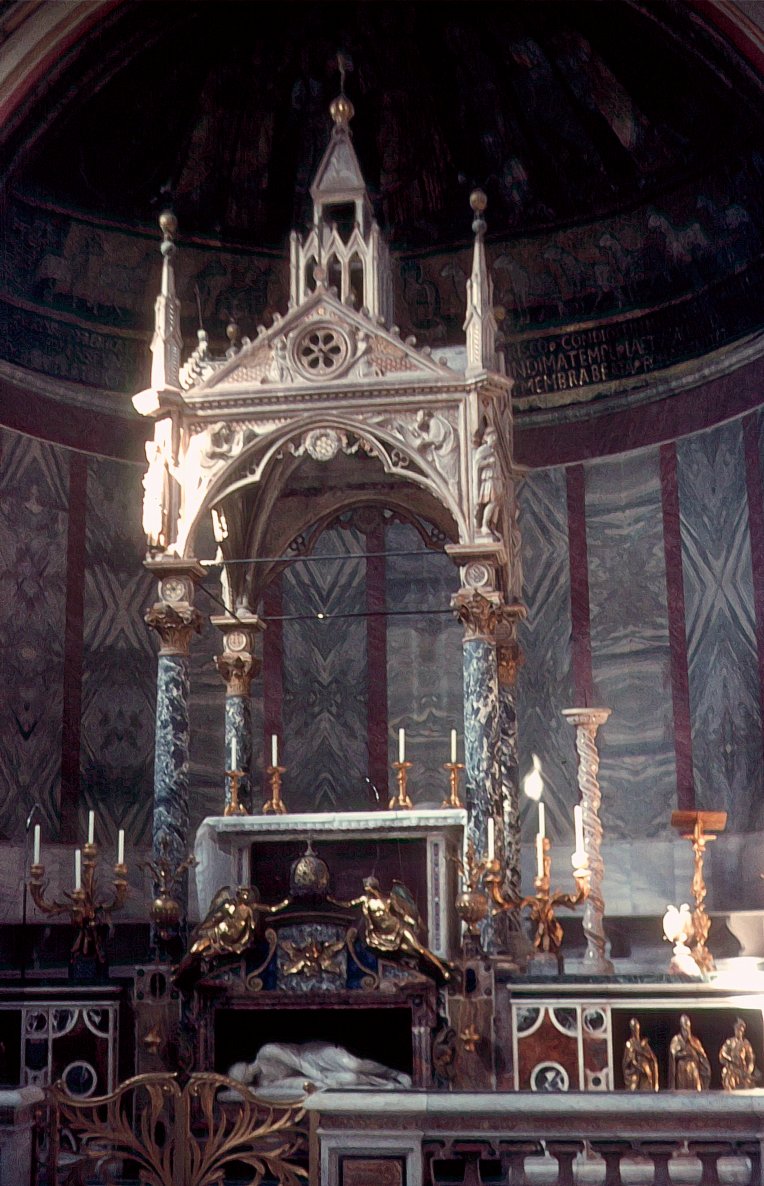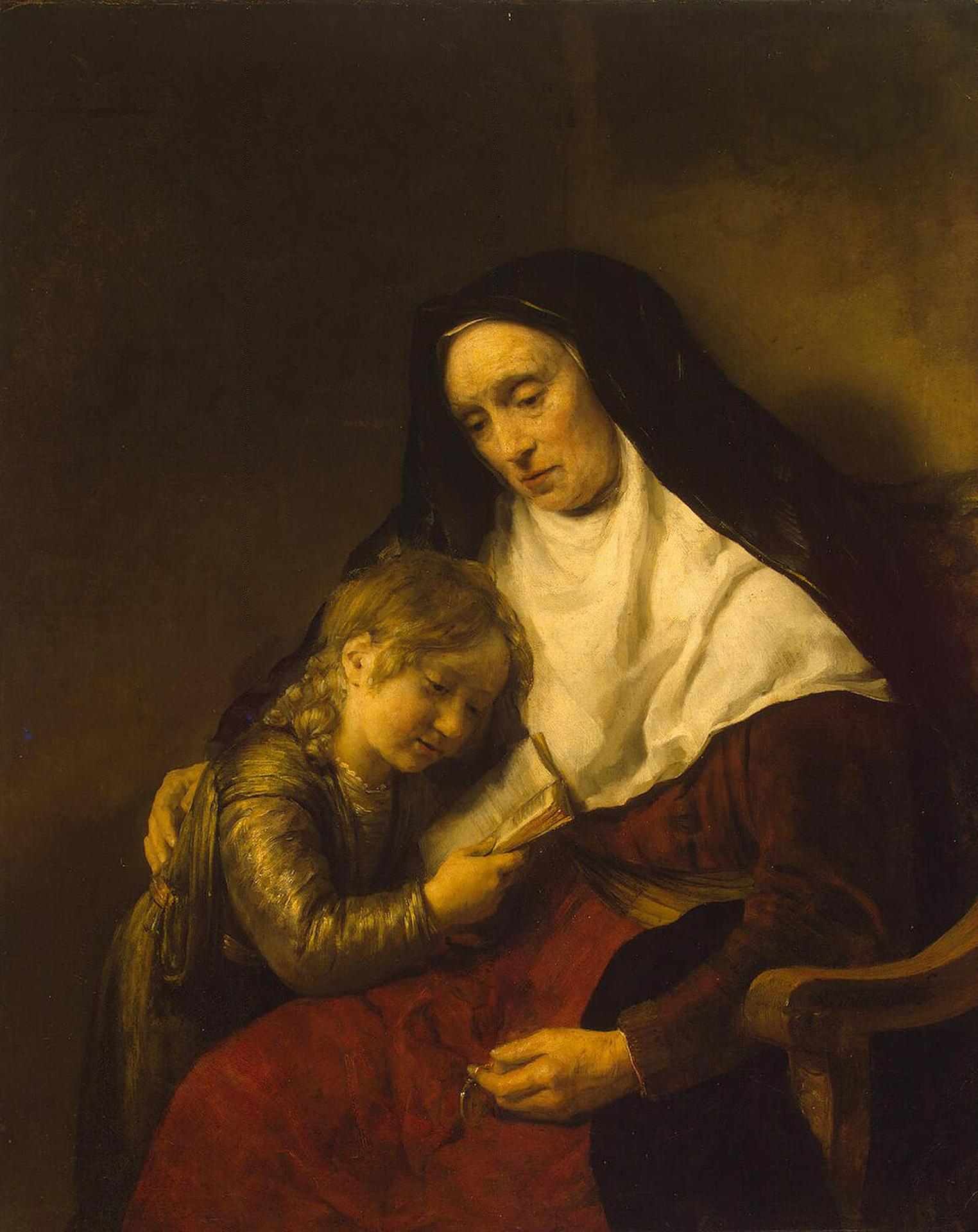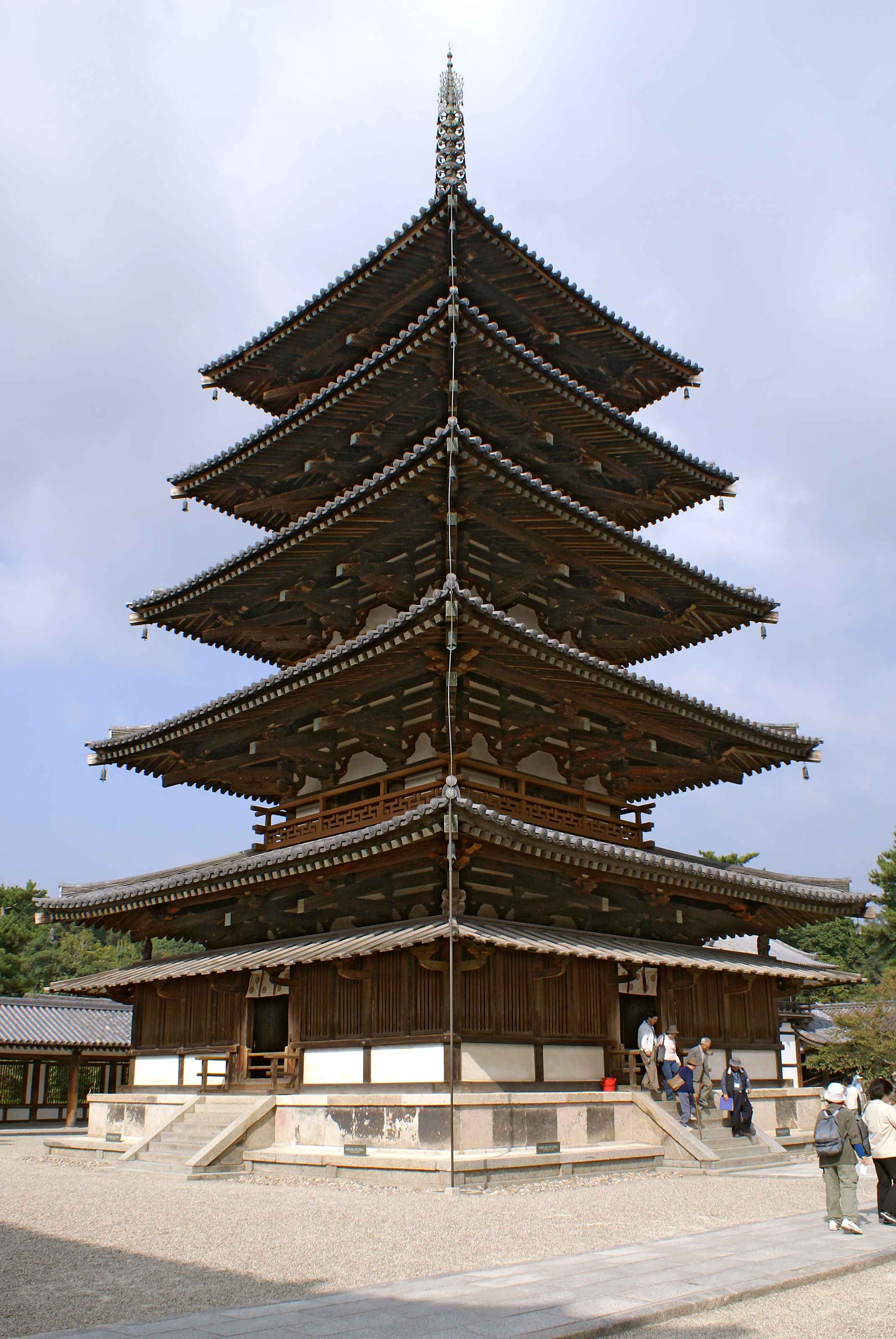|
San Timoteo, Rome
The Church of San Timoteo () is a 20th-century parochial church and titular church in the southwest suburbs of Rome, dedicated to Saint Timothy. History The church is square in shape with rounded corners and is covered with a pagoda-style roof. It was built in 1968–70 on land donated by the Società Generale Immobiliare. On 14 February 2015, it was made a titular church to be held by a cardinal-priest. ;Cardinal-protectors * Arlindo Gomes Furtado (2015–present) References External links * {{DEFAULTSORT:Timoteo Titular churches Roman Catholic churches completed in 1970 20th-century Roman Catholic church buildings in Italy ... [...More Info...] [...Related Items...] OR: [Wikipedia] [Google] [Baidu] |
Rome
, established_title = Founded , established_date = 753 BC , founder = King Romulus ( legendary) , image_map = Map of comune of Rome (metropolitan city of Capital Rome, region Lazio, Italy).svg , map_caption = The territory of the ''comune'' (''Roma Capitale'', in red) inside the Metropolitan City of Rome (''Città Metropolitana di Roma'', in yellow). The white spot in the centre is Vatican City. , pushpin_map = Italy#Europe , pushpin_map_caption = Location within Italy##Location within Europe , pushpin_relief = yes , coordinates = , coor_pinpoint = , subdivision_type = Country , subdivision_name = Italy , subdivision_type2 = Regions of Italy, Region , subdivision_name2 = Lazio , subdivision_type3 = Metropolitan cities of Italy, Metropolitan city , subdivision_name3 = Metropolitan City of Rome Capital, Rome Capital , government_footnotes= , government_type = Mayor–council gover ... [...More Info...] [...Related Items...] OR: [Wikipedia] [Google] [Baidu] |
Italy
Italy ( it, Italia ), officially the Italian Republic, ) or the Republic of Italy, is a country in Southern Europe. It is located in the middle of the Mediterranean Sea, and its territory largely coincides with the homonymous geographical region. Italy is also considered part of Western Europe, and shares land borders with France, Switzerland, Austria, Slovenia and the enclaved microstates of Vatican City and San Marino. It has a territorial exclave in Switzerland, Campione. Italy covers an area of , with a population of over 60 million. It is the third-most populous member state of the European Union, the sixth-most populous country in Europe, and the tenth-largest country in the continent by land area. Italy's capital and largest city is Rome. Italy was the native place of many civilizations such as the Italic peoples and the Etruscans, while due to its central geographic location in Southern Europe and the Mediterranean, the country has also historically b ... [...More Info...] [...Related Items...] OR: [Wikipedia] [Google] [Baidu] |
Catholic Church
The Catholic Church, also known as the Roman Catholic Church, is the largest Christian church, with 1.3 billion baptized Catholics worldwide . It is among the world's oldest and largest international institutions, and has played a prominent role in the history and development of Western civilization. O'Collins, p. v (preface). The church consists of 24 ''sui iuris'' churches, including the Latin Church and 23 Eastern Catholic Churches, which comprise almost 3,500 dioceses and eparchies located around the world. The pope, who is the bishop of Rome, is the chief pastor of the church. The bishopric of Rome, known as the Holy See, is the central governing authority of the church. The administrative body of the Holy See, the Roman Curia, has its principal offices in Vatican City, a small enclave of the Italian city of Rome, of which the pope is head of state. The core beliefs of Catholicism are found in the Nicene Creed. The Catholic Church teaches that it ... [...More Info...] [...Related Items...] OR: [Wikipedia] [Google] [Baidu] |
Roman Rite
The Roman Rite ( la, Ritus Romanus) is the primary liturgical rite of the Latin Church, the largest of the '' sui iuris'' particular churches that comprise the Catholic Church. It developed in the Latin language in the city of Rome and, while distinct Latin liturgical rites such as the Ambrosian Rite remain, the Roman Rite has gradually been adopted almost everywhere in the Latin Church. In medieval times there were numerous local variants, even if all of them did not amount to distinct rites, yet uniformity increased as a result of the invention of printing and in obedience to the decrees of the Council of Trent of 1545–63 (see '' Quo primum''). Several Latin liturgical rites that survived into the 20th century were abandoned voluntarily after the Second Vatican Council. The Roman Rite is now the most widespread liturgical rite not only in the Catholic Church but in Christianity as a whole. The Roman Rite has been adapted through the centuries and the history of its Euchari ... [...More Info...] [...Related Items...] OR: [Wikipedia] [Google] [Baidu] |
Titular Church
In the Catholic Church, a titular church is a church in Rome that is assigned to a member of the clergy who is created a cardinal. These are Catholic churches in the city, within the jurisdiction of the Diocese of Rome, that serve as honorary designations symbolising the relationship of cardinals to the pope, the bishop of Rome. According to the 1983 Code of Canon Law, a cardinal may assist his titular church through counsel or through patronage, although "he has no power of governance over it, and he should not for any reason interfere in matters concerning the administration of its good, or its discipline, or the service of the church". There are two ranks of titular churches: titles and deaconries. A title ( la, titulus) is a titular church that is assigned to a cardinal priest (a member of the second order of the College of Cardinals), whereas a deaconry ( la, diaconia, links=no) is normally assigned to a cardinal deacon (a member of the third order of the college). If a c ... [...More Info...] [...Related Items...] OR: [Wikipedia] [Google] [Baidu] |
Saint Timothy
Timothy or Timothy of Ephesus (Greek: ; ''Timótheos'', meaning "honouring God" or "honoured by God") was an early Christian evangelist and the first Christian bishop of Ephesus, who tradition relates died around the year AD 97. Timothy was from the Lycaonian city of Lystra or of DerbeAlbert Barnes (theologian): ''"Timothy was a native of either Derbe or Lystra, cities near to each other"'/ref>''"Paul came also to Derbe and to Lystra. A disciple was there, named Timothy, the son of a Jewish woman who was a believer, but his father was a Greek. He was well spoken of by the brothers at Lystra and Iconium."'' Acts 16:1 in Asia Minor, born of a Jewish mother who had become a Christian believer, and a Greek father. The Apostle Paul met him during his second missionary journey and he became Paul's companion and missionary partner along with Silas. The New Testament indicates that Timothy traveled with Paul the Apostle, who was also his mentor. He is addressed as the recipient of the ... [...More Info...] [...Related Items...] OR: [Wikipedia] [Google] [Baidu] |
Modernist Architecture
Modern architecture, or modernist architecture, was an architectural movement or architectural style based upon new and innovative technologies of construction, particularly the use of glass, steel, and reinforced concrete; the idea that form should follow function ( functionalism); an embrace of minimalism; and a rejection of ornament. It emerged in the first half of the 20th century and became dominant after World War II until the 1980s, when it was gradually replaced as the principal style for institutional and corporate buildings by postmodern architecture. Origins File:Crystal Palace.PNG, The Crystal Palace (1851) was one of the first buildings to have cast plate glass windows supported by a cast-iron frame File:Maison François Coignet 2.jpg, The first house built of reinforced concrete, designed by François Coignet (1853) in Saint-Denis near Paris File:Home Insurance Building.JPG, The Home Insurance Building in Chicago, by William Le Baron Jenney (1884) File:C ... [...More Info...] [...Related Items...] OR: [Wikipedia] [Google] [Baidu] |
Diocese Of Rome
The Diocese of Rome ( la, Dioecesis Urbis seu Romana; it, Diocesi di Roma) is the ecclesiastical district under the direct jurisdiction of the Pope, who is Bishop of Rome and hence the supreme pontiff and head of the worldwide Catholic Church. As the Holy See, the papacy is a sovereign entity with diplomatic relations, and civil jurisdiction over the Vatican City State located geographically within Rome. The Diocese of Rome is the metropolitan diocese of the Province of Rome, an ecclesiastical province in Italy. The first bishop of Rome was Saint Peter in the first century. The incumbent since 13 March 2013 is Pope Francis. Historically, many Rome-born men, as well as others born elsewhere on the Italian Peninsula have served as bishops of Rome. Since 1900, however, there has been only one Rome-born bishop of Rome, Pius XII (1939–1958). In addition, throughout history non-Italians have served as bishops of Rome, beginning with the first of them according to Catholic tra ... [...More Info...] [...Related Items...] OR: [Wikipedia] [Google] [Baidu] |
Pagoda
A pagoda is an Asian tiered tower with multiple eaves common to Nepal, India, China, Japan, Korea, Myanmar, Vietnam, and other parts of Asia. Most pagodas were built to have a religious function, most often Buddhist but sometimes Taoist, and were often located in or near viharas. The pagoda traces its origins to the stupa of ancient India. Chinese pagodas () are a traditional part of Chinese architecture. In addition to religious use, since ancient times Chinese pagodas have been praised for the spectacular views they offer, and many classical poems attest to the joy of scaling pagodas. Chinese sources credit the Nepalese architect Araniko with introducing the pagoda to China. The oldest and tallest pagodas were built of wood, but most that survived were built of brick or stone. Some pagodas are solid with no interior. Hollow pagodas have no higher floors or rooms, but the interior often contains an altar or a smaller pagoda, as well as a series of staircases for t ... [...More Info...] [...Related Items...] OR: [Wikipedia] [Google] [Baidu] |
Società Generale Immobiliare
Società Generale Immobiliare (SGI; en, The Society General fReal Estate) was once the largest real estate and construction company in Italy. It was founded in Turin in 1862 but then relocated to Rome in 1870 with the unification of Italy. After relocating to Rome, the company became interested in the pastoral land around Rome and eventually bought some of it. With the growth of Rome, the company grew as real estate prices increased. With time, the company's activities changed from real estate business to construction. One of the people who developed the company's construction activities was Aldo Samaritani (1904–96) who joined the company in 1933. The company is famous for building numerous residential buildings throughout Italy. SGI's largest shareholder was formerly the Vatican, which had 15% of the shares. However, most of the Vatican's holdings in the company were sold during the late 1960s to the Gulf and Western corporation. SGI is the predecessor of Group SGI which w ... [...More Info...] [...Related Items...] OR: [Wikipedia] [Google] [Baidu] |
Cardinal-priest
A cardinal ( la, Sanctae Romanae Ecclesiae cardinalis, literally 'cardinal of the Holy Roman Church') is a senior member of the clergy of the Catholic Church. Cardinals are created by the ruling pope and typically hold the title for life. Collectively, they constitute the College of Cardinals. Their most solemn responsibility is to elect a new pope in a conclave, almost always from among themselves (with a few historical exceptions), when the Holy See is vacant. During the period between a pope's death or resignation and the election of his successor, the day-to-day governance of the Holy See is in the hands of the College of Cardinals. The right to participate in a conclave is limited to cardinals who have not reached the age of 80 years by the day the vacancy occurs. In addition, cardinals collectively participate in papal consistories (which generally take place annually), in which matters of importance to the Church are considered and new cardinals may be created. Cardin ... [...More Info...] [...Related Items...] OR: [Wikipedia] [Google] [Baidu] |
Arlindo Gomes Furtado
Arlindo Gomes Furtado CSSp (born 15 November 1949 in Santa Catarina) is the Cape Verdean Catholic bishop of the Diocese of Santiago de Cabo Verde, since 2009, and was the first bishop of the Diocese of Mindelo, from 2004 to 2009. In 2015, he was appointed as the first Cape Verdean cardinal by Pope Francis. Biography Arlindo Gomes Furtado was born in Figueira das Naus, a village of the municipality of Santa Catarina, to Ernesto Robaldo Gomes and his mother Maria Furtado; he was later baptized in August 1951. He studied at a primary school in nearby Achada Lem. He studied at the Seminary of São José in Praia on October 1, 1962, where he finished his secondary education. Ecclesiastical career On September 11, 1971, Bishop Furtado headed for Coimbra, Portugal and pursued his theological studies, and returned to Cape Verde in 1976 where he was ordained a priest in the Roman Catholic Church on 18 July 1976. He was appointed as parish vicar of Nossa Senhora da Graça, from 197 ... [...More Info...] [...Related Items...] OR: [Wikipedia] [Google] [Baidu] |
.jpg)



